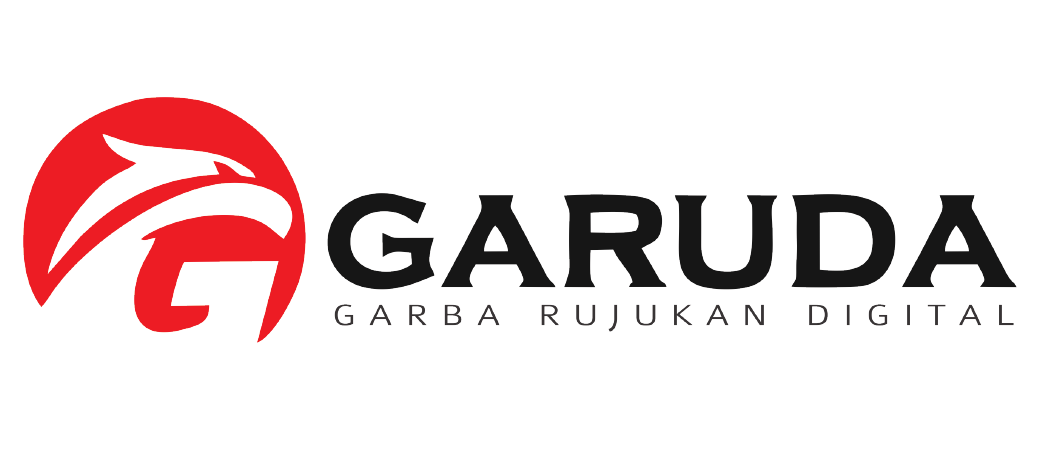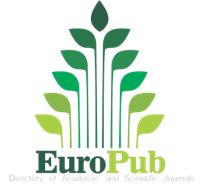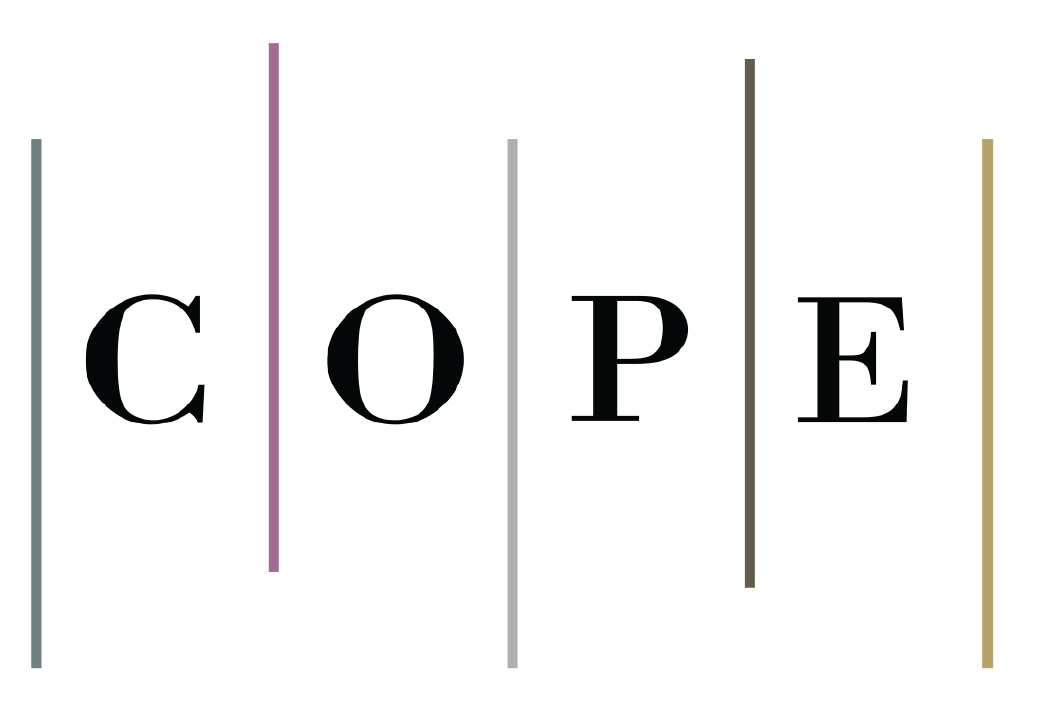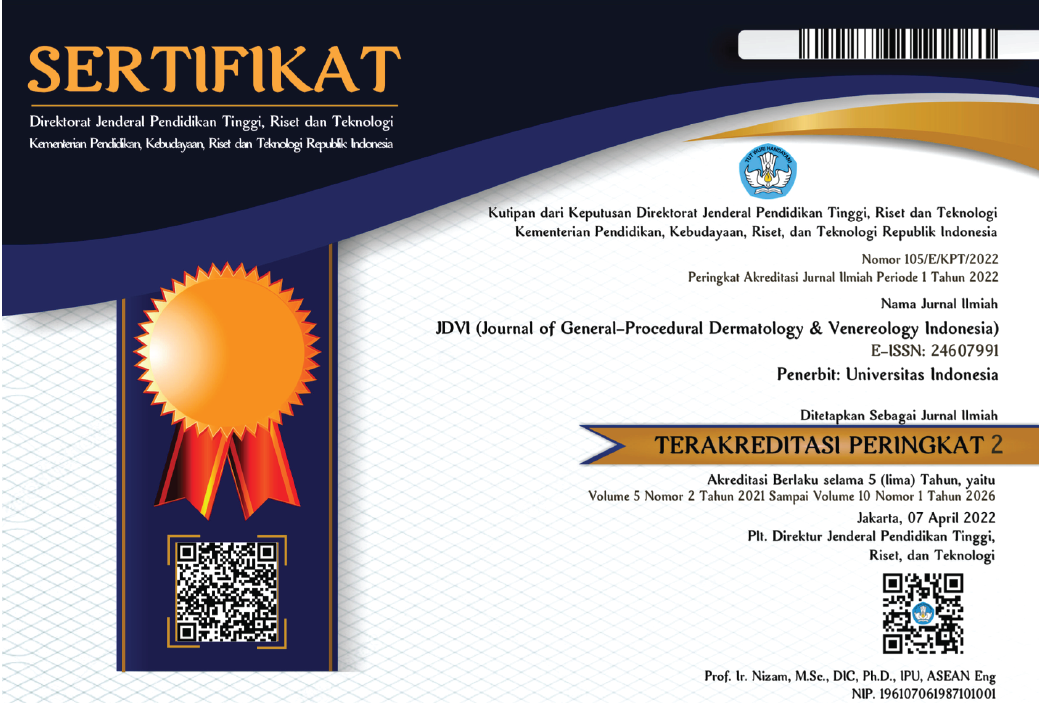Abstract
Background: In recent years, interest in developing cosmetics and beauty products based on natural ingredients has increased. The addition of herbal extracts to products could improve the effectiveness of therapy. One of the natural ingredients that can be found is oatmeal. Oatmeal has been used for a long time and has been approved by the U.S. Food and Drug Administration as a skin protective agent since 2003. This study aims to systematically review the literature to determine the effect of topical oatmeal (Avena sativa) on hydration-related skin disorders.
Methods: A total of 9,538 studies were found in the database sources such as PubMed, ProQuest, Clinical Key, Cochrane, Clinical Trial, and EBSCO. The inclusion criteria were all randomized controlled trials published from 2010 to 2020 that evaluated the effect of oatmeal-contained moisturizers on hydration-related skin disorders. The risk of bias was assessed using the Cochrane risk-of-bias tool for randomized trials (RoB2).
Result: A total of five studies were included in this systematic review. These studies were published in 2015-2020. The forms of oatmeal in the five studies differ, such as emollient, lotion, and cream extracts. The skin disorders in the literature also vary, such as chronic pruritus, uremic pruritus, atopic dermatitis, irritant hand eczema, and dry skin.
Conclusion: Although the form of oatmeal, skin disorders, and age range in each literature differ, it can be concluded that an oatmeal-contained moisturizer could improve the clinical assessment and the objective measurement of various hydration-related skin conditions.
References
- Sherwood L. Body defenses. In: Sherwood L. Human physiology: From cells to systems. 9th ed. Boston: Cengage Learning; 2016.p.438-42.
- Garza L. Developmental biology of the skin. In: Kang S, Amagai M, Bruckner AL, Enk AH, Margolis DJ, McMichael AJ, et al. Fitzpatrick’s dermatology. 9th ed. New York: McGraw-Hill Education; 2019.p.49-61.
- McGrath J, Uitto Jouni. Structure and function of the skin. In: Griffiths CEM, Barker J, Bleiker T, Chalmers R, Creamer D. Rook’s textbook of dermatology. 9th ed. Oxford: John Wiley & Sons; 2016.p.2.1-2.48.
- Van Smeden J, Bouwstra JA. Stratum corneum lipids: Their role for the skin barrier function in healthy subjects and atopic dermatitis patients. In: Agner T. Skin barrier function. Current Problems in Dermatology. Vol. 49. New York: Karger; 2016.p.8–26.
- Guenther L, Lynde C, Andriessen A, et al. Pathway to dry skin prevention and treatment. J Cutan Med Surg. 2012;16(1):23–31.
- Lim HW, Collins SAB, Resneck JS, et al. The burden of skin disease in the United States. J Am Acad Dermatol. 2017;76(5):958-72. e2.
- Hay RJ, Johns NE, Williams HC, et al. The global burden of skin disease in 2010: An analysis of the prevalence and impact of skin conditions. J Invest Dermatol. 2014;134(6):1527–34.
- Vakirlis E, Theodosiou G, Apalla Z, et al. A retrospective epidemiological study of skin diseases among pediatric population attending a tertiary dermatology referral center in Northern Greece. Clin Cosmet Investig Dermatol. 2017;10:99–104.
- Svensson A, Ofenloch RF, Bruze M, et al. Prevalence of skin disease in a population-based sample of adults from five European countries. Br J Dermatol. 2018;178(5):1111–8.
- Proksch E, Berardesca E, Misery L, Engblom J, Bouwstra J. Dry skin management: Practical approach in light of latest research on skin structure and function. J Dermatolog Treat. 2020;31(7):716-22.
- Harwood A, Nassereddin A, Krishnamurthy K. Moisturizers. In: StatPearls. Treasure Island (FL): StatPearls Publishing; 2020.
- Spada F, Barnes TM, Greive KA. Skin hydration is significantly increased by a cream formulated to mimic the skin’s own natural moisturizing systems. Clin Cosmet Investig Dermatol. 2018;11:491–7.
- Sethi A, Kaur T, Malhotra S, Gambhir M. Moisturizers: The slippery road. Indian J Dermatol. 2016;61(3):279–87.
- Cizauskaite U, Bernatoniene J. Innovative natural ingredients-based multiple emulsions: The effect on human skin moisture, sebum content, pore size and pigmentation. Mol J Synth Chem Nat Prod Chem. 2018;23(6):1428.
- Gasparis S, Nadolska-Orczyk A. Oat (Avena sativa L.). Methods Mol Biol Clifton NJ. 2015;1223:143–53.
- Reynertson KA, Garay M, Nebus J, et al. Anti-inflammatory activities of colloidal oatmeal (Avena sativa) contribute to the effectiveness of oats in treatment of itch associated with dry, irritated skin. J Drugs Dermatol JDD. 2015;14(1):43–8.
- Ilnytska O, Kaur S, Chon S, et al. Colloidal oatmeal (Avena Sativa) improves skin barrier through multi-therapy activity. J Drugs Dermatol JDD. 2016;15(6):684–90.
- Pootongkam S, Nedorost S. Oat and wheat as contact allergens in personal care products. Dermat Contact Atopic Occup Drug. 2013;24(6):291–5.
- Theunis J, Chaussade H, Bourgeois O, Mengeaud V. Efficacy of a Rhealba ® oat extract-based emollient on chronic pruritus in elderly French outpatients. J Eur Acad Dermatol Venereol JEADV. 2017;31 Suppl 1:1–7.
- Nakhaee S, Nasiri A, Waghei Y, Morshedi J. Comparison of Avena sativa, vinegar, and hydroxyzine for uremic pruritus of hemodialysis patients: A crossover randomized clinical trial. Iran J Kidney Dis. 2015;9(4):316.
- Lisante TA, Nuñez C, Zhang P. Efficacy and safety of an over-the-counter 1% colloidal oatmeal cream in the management of mild to moderate atopic dermatitis in children: A double-blind, randomized, active-controlled study. J Dermatol Treat. 2017;28(7):659–67.
- Sobhan M, Hojati M, Vafaie S-Y, Ahmadimoghaddam D, Mohammadi Y, Mehrpooya M. The efficacy of colloidal oatmeal cream 1% as add-on therapy in the management of chronic irritant hand eczema: A double-blind study. Clin Cosmet Investig Dermatol. 2020;13:241.
Recommended Citation
Sugondo, Karenina Novani and Hermawan, Melyawati
(2023)
"The effect of topical oatmeal (Avena sativa) on hydration-related skin disorders: A systematic review,"
Journal of General - Procedural Dermatology and Venereology Indonesia: Vol. 7:
Iss.
1, Article 9.
DOI: 10.7454/jdvi.v7i1.1143
Available at:
https://scholarhub.ui.ac.id/jdvi/vol7/iss1/9
Included in
Dermatology Commons, Integumentary System Commons, Skin and Connective Tissue Diseases Commons






























